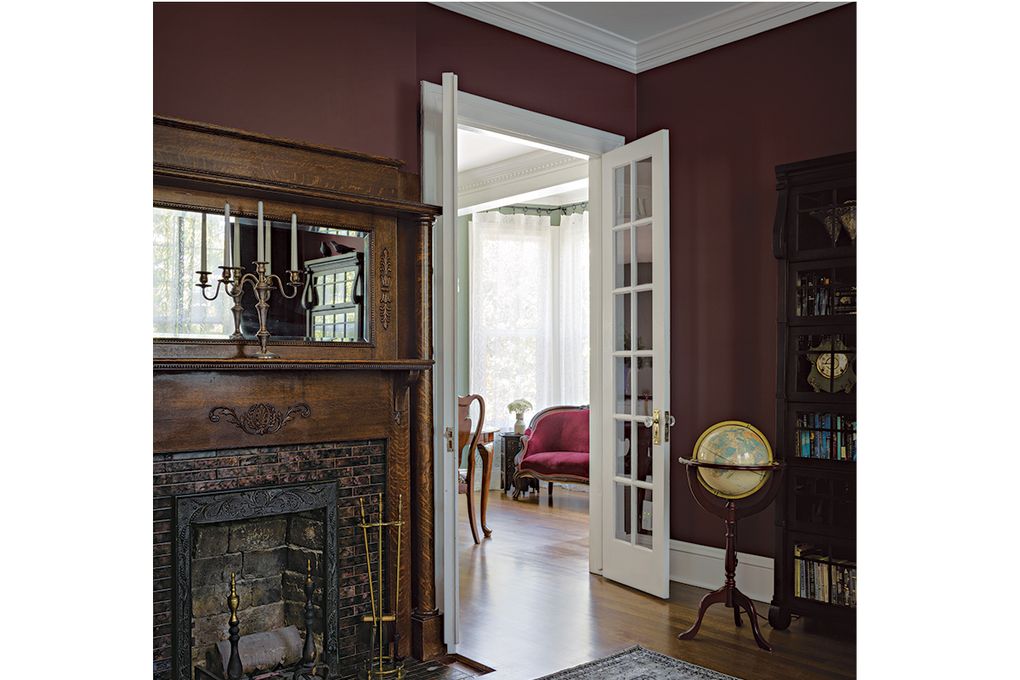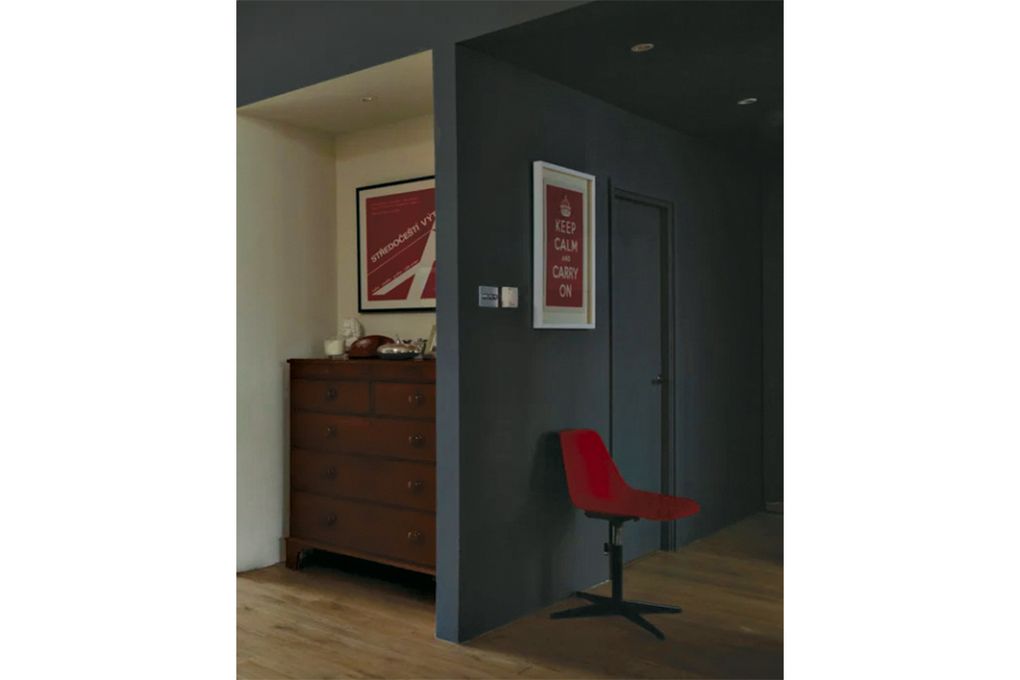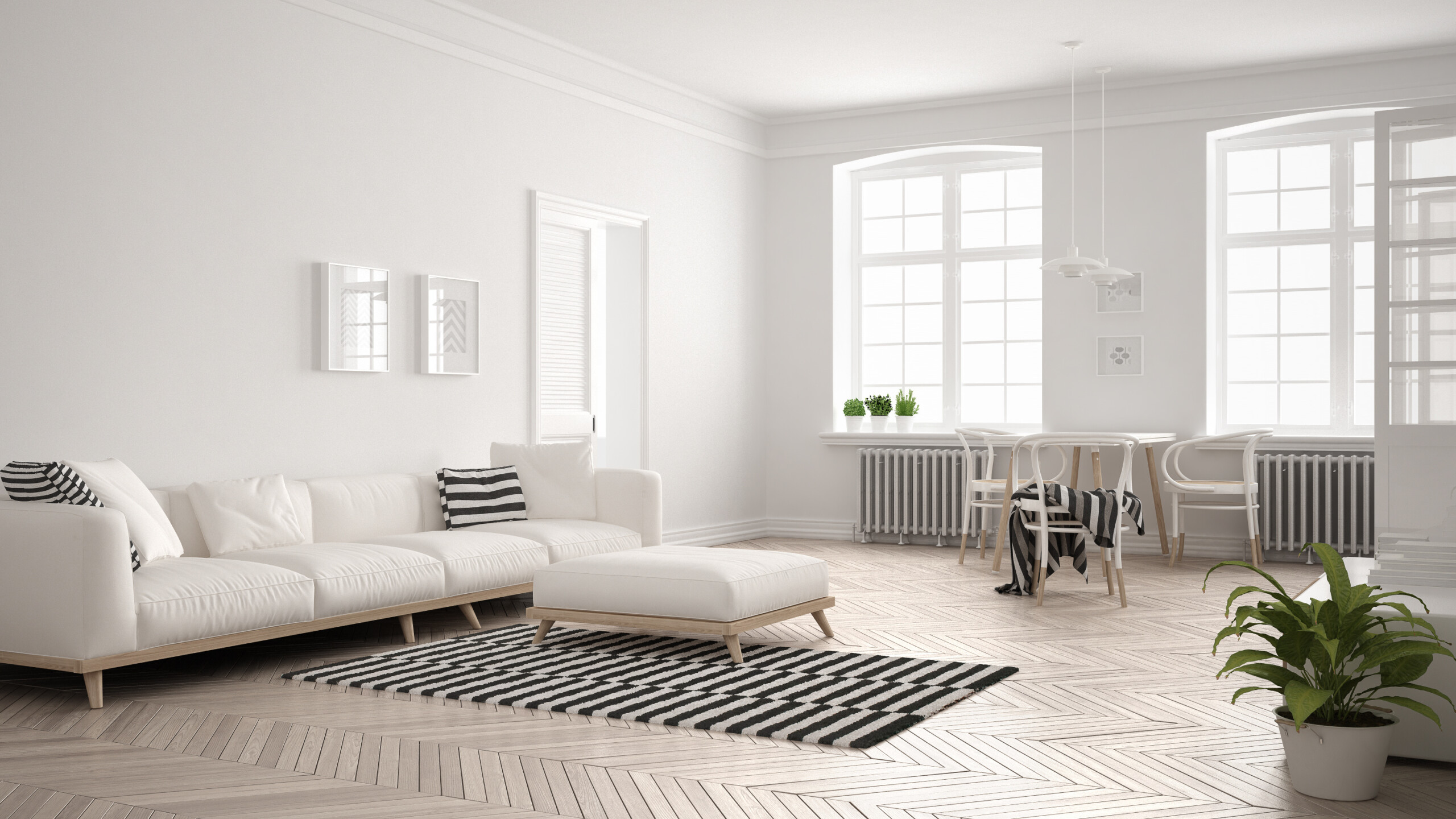Seattle-primarily based interior designer Allison Lind’s clientele are inclined to resist dark inside colors — at first.
Several want their living spaces to sense gentle, bright and open, which is great for some regions of the home. But portray a little, windowless home all white won’t essentially make it sense bigger.
Often you have to have to go in a distinctive course.
“Some spaces want to be the moody, dark rooms of the house, so let us embrace the darkness,” Lind states.
Several of us invest our times in brightly lit workplaces, she claims, so a richly coloured home at residence can be a soothing antidote. So designers are encouraging house owners to embrace beautiful shades of black, along with deep greens, moody blues and rich burgundies.
Numerous of Lind’s clients say they are frightened they’ll get sick of a coloration that feels diverse, or they are apprehensive that dim may equivalent drab. But by applying saturated shades, they are basically adding depth and dimension to their place, she claims.
Bellevue inside designer Ayesha Usman believes darkish and moody hues get the job done particularly properly in Pacific Northwest houses.
“It’s about bringing the outdoors in, and continuing the exact sensation of heat, cozy and moody in interior finishes,” she claims. “Your property need to reflect your environment.”
The lengths to which just one goes to incorporate darkish options to a space is dependent mostly on own preferences.
Michelle Dirkse, a Seattle-primarily based inside designer, lately labored with shoppers who had an strange ask for: They experienced procured an old church and have been looking to develop an interior that leaned dark — “less sanctuary, extra mortuary,” she jokes. Dirkse arrived up with a design and style that incorporated a library/bar spot with desaturated environmentally friendly partitions (like a concealed bookshelf) and dim home furnishings and place rugs.

Starting off smaller
Those styles of lesser areas are the safest for getting structure risks, Usman says. She implies trying new concepts in what she calls “accent rooms,” these kinds of as places of work or media rooms. Other designers suggest dabbling with darkish colors in powder rooms (50 percent-bathrooms), which lend them selves to jewel-box-design and style collections eating rooms or dens that are walled off for privateness or small bedrooms in which experimentation may possibly deliver surprising results.
Of system, this solution does not operate for everyone. “Some persons really like gentle and vibrant bedrooms,” Lind claims. “If you really don’t like blackout curtains, a dark bedroom may perhaps not be for you.”
A hallway can be an outstanding position for a splash of dim paint or a deep-hued rug as you changeover out of the busier rooms in the household, Dirkse claims. “Darkness can set a tone of tranquil.”
On a the latest commercial undertaking, she selected a darker mid-tone for the carpet and paint to talk, “When you’re in this region, get it down a notch.”

Transforming with paint
Painting is 1 of the speediest methods to give a place a darker and moodier come to feel. Blues and greens are normal suits for the Pacific Northwest, Lind suggests. Stay away from neon inexperienced or cobalt alternatively, pick the shades you’d uncover in nature — the green of a fir tree or the grey-blue of h2o.
Eco-friendly can be a demanding colour to get just proper, Lind says, as it can have stunning undertones. “A eco-friendly future to a white-oak floor may well search actually distinctive than future to a dark walnut ground,” she states.
No matter what color you are considering, glimpse for a desaturated variation with a little bit of grey or brown, which Dirkse suggests will enable the colour really feel “sophisticated and not childlike.” Her beloved hues include gray and black, alongside with desaturated greens, blues and burgundy.
Any individual who has shopped for “white” paint knows there are dozens of versions, which can also be influenced by a room’s area and lights when it is applied to the walls. Black is likewise diverse: It can element blue, maroon and other undertones that insert richness to a freshly dim place, Dirkse claims.
A superior-gloss end can increase glamour to a smaller place by reflecting mild, she says. But be warned: The shinier the sheen, the much more you are going to see paint flaws on partitions and trimwork.
When feasible, skip the flat white ceiling paint, Dirkse suggests.
“Part of why people are concerned of dark shades is the white ceiling obvious at you,” she says. Painting the ceiling the similar shade as the walls creates protection that blends the edges. This monochromatic strategy is effective greatest when mixing sheens — ordinarily that’s a flat complete on the ceiling, eggshell on partitions, and satin on the baseboards, trim, crown molding and doors.

Furnishing for depth
If you are not completely ready to give up your white partitions but you still want to produce a moody vibe, try out adding dim drapery, home furnishings and area rugs to contrast from lighter walls. Black-stained wooden household furniture can be a gorgeous addition, Dirkse says, along with black architectural accents and decor.
Darkish and moody requirements to be perfectly-well balanced far too, Usman claims. If you go with a darkish paint alternative for partitions and ceilings, lighter furnishings and artwork can assist stop a space from emotion way too dark or drab.
Accessorize with houseplants and vintage finds, and add heat by selecting wooden furnishings. Then layer on rattan, wicker, boucle and linen textiles and pillows, which Usman suggests will add some softness to dark and moody interiors.
The shine of metals in lights and hardware can make a darkish space pop, also. Usman likes accessorizing cabinetry with brass fixtures and hardware “for an antique, lived-in look.”
Take into consideration tones that harmonize, Lind says. To distinction against a darkish navy or charcoal wall, go with oatmeal or off-white pillows relatively than bright white, which could be jarring.
And keep in mind, dosing a room with darker hues does not imply the whole house will abruptly truly feel heavy or dark.
“[Creating a dark room] can help an adjoining room really feel bigger and diverse, due to the contrast,” Dirkse claims. So you may well get that even-brighter place after all — just down the hall.
Selecting the appropriate paint colour
If you’re consider about taking your inside about to the dark aspect, right here are a few recommendations from Usman, Dirkse and Lind for paint shades that will help get you started.
Usman: Paean Black and Railings, the two from Farrow & Ball and Onyx and Wrought Iron, both from Benjamin Moore.
Dirkse: Direct Grey 2131-30 and Townsend Harbor Brown HC-65, from Benjamin Moore.
Lind: Duck Inexperienced and Scotch Blue, from Farrow & Ball.
































